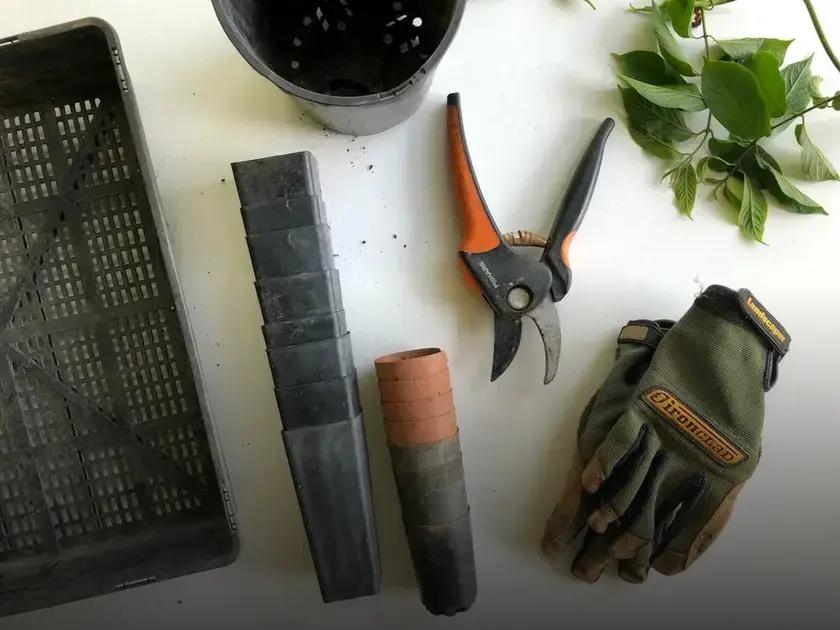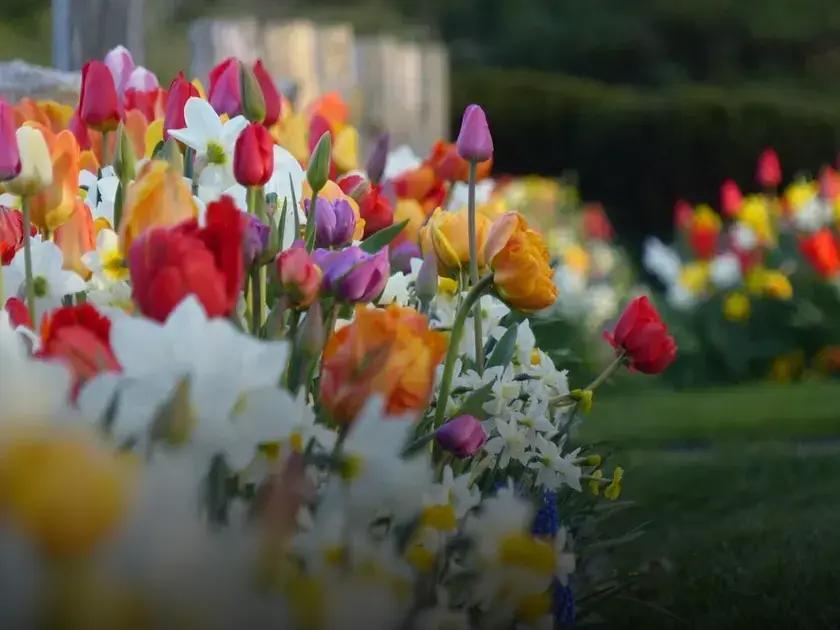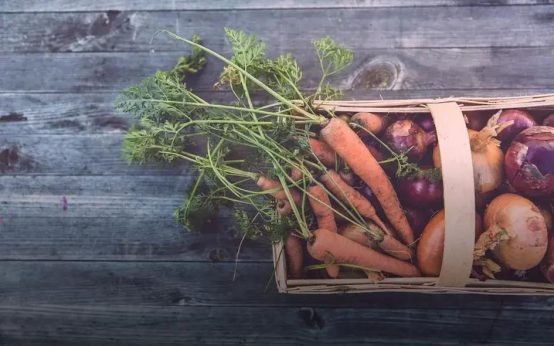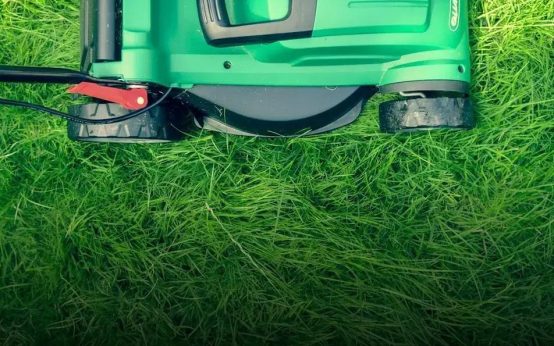Choosing the right plants for your home garden can make all the difference for its success. Whether you’re aiming for a vibrant flower garden or a bountiful vegetable patch, selecting the appropriate species for your environment is crucial. By considering factors like climate, sunlight, soil type, and maintenance levels, you can ensure your garden thrives. Let’s explore these elements in more detail.
Consider Your Climate and Zone
When selecting plants for your home garden, it’s vital to understand the climate and zone in which you live. This will guide you in choosing plants that will not only survive but thrive. The USDA Plant Hardiness Zone Map is a great resource as it divides the United States into zones based on average minimum winter temperatures. Knowing your zone helps pinpoint which plants can withstand the local conditions.
In addition to the hardiness zone, consider the unique climate traits of your area. Are you in a region with high humidity or dry air? This can affect which plants might struggle or prosper. For instance, succulents are an excellent choice for arid climates, while ferns may prefer more humid environments.
Also, look at seasonal patterns. Some plants may require certain temperatures at different times of the year. If you experience a wet season, you may want plants that are less susceptible to root rot. Additionally, climate changes, such as unexpected frosts or extended heat waves, should influence your plant choices. Selecting plants that are adaptable to shifts in weather patterns can lead to a more resilient garden.
By considering your specific climate and hardiness zone, you establish a strong foundation for building a successful garden. Tailoring your plant selection to fit the local environment ensures that your garden remains healthy and vibrant all year round.
Assess Sunlight and Shade Areas

Understanding the balance of sunlight and shade in your garden is crucial for selecting the right plants. Observe your garden at different times of the day to see which areas get full sunlight and which are mostly in shade. Some plants thrive in the full sun, while others prefer the shaded spots. Knowing this helps you place each plant where it can flourish.
Consider the duration and intensity of sunlight. Areas receiving six or more hours of direct sunlight are considered full sun, while those that get less than three hours of sunlight are shady. Between these, there are part-sun and part-shade areas.
Make a map of your garden showing these patterns. This sunmap will guide you in selecting plants that need full sun like roses or vegetables such as tomatoes. For shadier sections, look for plants like ferns or hostas.
Microclimates can also exist in your garden. For example, areas near reflective surfaces like walls may receive more heat, affecting plant choice. Consider these aspects to optimize plant health and growth.
Match Plants to Soil Type
Choosing the right plants for your garden involves understanding your soil type. Each plant has specific soil preferences, so knowing if your garden has sandy, clay, loam, or peaty soil can guide your plant selection.
Sandy soils drain quickly but don’t hold nutrients well. Plants like carrots, succulents, and lavender prefer this type. On the other hand, clay soils retain moisture and nutrients but can be heavy and compacted, ideal for roses and daylilies.
If your soil is loamy, consider yourself lucky. This well-balanced soil supports many plants like tomatoes, beans, and lettuce.
For peaty soils, which are acidic and rich in organic matter, think about planting blueberries or azaleas.
Ensuring your soil matches a plant’s needs will promote healthier growth and a more vibrant garden. Amend your soil if necessary, by adding organic matter to improve its quality and ensure your plants thrive.
Choose According to Maintenance Level

When selecting plants for your home garden, it’s crucial to consider their maintenance level. Some plants require more attention and care, such as regular watering, pruning, and pest management. Others, known as low-maintenance plants, are more resilient and can thrive with minimal intervention.
For those who are often busy or new to gardening, opting for low-maintenance plants can be beneficial. Cacti and succulents, for instance, are very easy to care for. They don’t need frequent watering because they store water in their leaves. Other low-maintenance options include certain types of ferns, ornamental grasses, and perennials like lavender, which generally require less attention.
If you’re willing to invest time in your garden, medium to high-maintenance plants could be suitable. Roses, for example, are gorgeous but can be demanding, needing regular pruning and protection from pests. Likewise, vegetables such as tomatoes require constant monitoring to produce well.
Understanding your ability to care for these plants throughout their growth cycles is essential. Remember, the goal is to create a garden that suits your lifestyle and interests. By aligning your plant choices with your maintenance capacity, you ensure a thriving and manageable garden.
Incorporate Both Aesthetics and Functionality
When designing a home garden, it’s important to balance aesthetics with functionality. This means choosing plants that not only look good together but also serve a practical purpose in your space. Start by considering how different plant shapes and sizes create a visually pleasing arrangement. Layering different heights can add depth and interest to the garden.
Think about using plants that provide shade, create natural barriers, or attract beneficial wildlife like pollinators. Edible plants such as herbs or small fruit trees can add functional value, allowing you to enjoy fresh produce directly from your garden.
Additionally, focus on color coordination to enhance the overall aesthetic. Choose a color palette that complements your home’s exterior or the existing landscape. Remember, the key is to ensure every plant has a role to play, either in the design scheme or as a functional element in your garden’s ecosystem.


 Planting Bulbs: When and How to Maximize Blooms
Planting Bulbs: When and How to Maximize Blooms  How to Grow Beautiful Roses at Home: Expert Tips
How to Grow Beautiful Roses at Home: Expert Tips  Best Flowers for a Colorful Backyard Garden: Top Picks
Best Flowers for a Colorful Backyard Garden: Top Picks